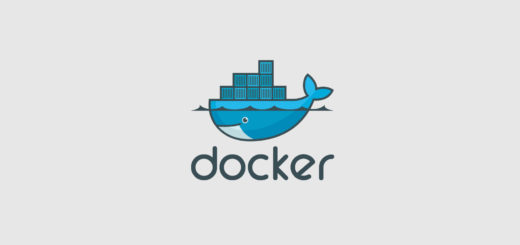OpenShift 4 is the new OpenShift, what’s new

As in the past with OpenShift 3 and version 2, OpenShift 4 is a complete paradigm shift from version 3. The new version aims to deliver a “NoOps” platform everywhere, from bare metal to virtualization infrastructures: a “cloud-like” experience everywhere.
OpenShift 4: a “NoOps” platform
OpenShift 4 will still use Kubernetes. Kubernetes is hard, no matter how you look at it, it is a complex system to resolve complex problems. Kubernetes becomes even harder when it comes to handling scaling operations or worse, autoscaling operations. Although application scaling/autoscaling is simplified to an extent, node scaling must be still handled by an administrator and, unless using automation tools, it will require care and may inevitably go wrong.
OpenShift 4 aims to fill this gap by automating this last step. Managing the Kubernetes cluster is a task still handled by administrators, and many of them still do it by hand. While the majority of administrators and companies are exploring Kubernetes solutions and their automation using configuration management tools, a real one-size-fits-all solution has yet to appear. OpenShift 4 will leverage Red Hat CoreOS to achieve this.
OpenShift and CoreOS, waste not want not?
Albeit the product backing Red Hat CoreOS, Fedora CoreOS, has yet to be released, Red Hat is already pushing its new product that replaces the “old” Red Hat Atomic Host. And while pushing CoreOS, OpenShift 4 too has already been released in May 2019. The new version of OpenShift is already available on OpenShift Online and as on-premise product (OpenShift Container Platform, June 2019). In the meanwhile OKD (aka OpenShift Origin), the upstream version of OpenShift, has silently pushed a 4.0 (now 4.1) tagged version in its GitHub repository. Although that’s physiological for Red Hat acquired products, the timing is quite fast and it is a clear sign Red Hat is pushing towards hybrid cloud following IBM’s acquisition.
OpenShift 4 new features: what’s new?
First and foremost, the most glaring change is the introduction of CoreOS in the OpenShift stack. By using an immutable Host Operating System which can be defined through configuration files the system administrator will be able to provision new hosts more easily (wait, that won’t be needed!). In case of using cloud services such as AWS, GCP or Azure, the true power of the combination between OpenShift and CoreOS will be unlocked allowing a “NoOps” approach. The downside is that there won’t be any “oc cluster up” for other operating systems, and the nodes will need to use CoreOS to achieve this.
OpenShift 4 also integrates with the new Operators initiative: Operators will be available out of the box. This enhances the Operators initiative which aims to create Kubernetes-native applications under a common framework.
The new version of OpenShift also features OpenShift Service Mesh based on Istio. I’ve already wrote about Istio and service meshes in another article, but for short: imagine a magic piece of software capable of performing complex tasks such as load balancing and SSL termination across your whole Kubernetes cluster without manual intervention.
Conclusions
Red Hat is clearly undergoing a change, and its newer product: CoreOS and the new OpenShift version are a clear proof of that. IBM’s acquisition may or may not be part of this change, but one thing is clear: Red Hat is moving towards hybrid cloud, and it is aiming to be the best in this area. While these are great news for Red Hat, IBM and their software, I can’t help but be worried about the direction Red Hat has taken. The fact that you will need CoreOS to run OpenShift is a big step back in my opinion, I acknowledge the benefits, but still there’s something really off. Red Hat has always pushed Open Source software towards a wider and wider audience, I’d hate to see CoreOS be just a part of OpenShift and not usable as a standalone operating system anymore. That may be a wild guess, but looking at how OpenShift has changed to adjust to customer’s needs, it is not difficult to imagine such events.
- 2020 A year in review for Marksei.com - 30 December 2020
- Red Hat pulls the kill switch on CentOS - 16 December 2020
- OpenZFS 2.0 released: unified ZFS for Linux and BSD - 9 December 2020









Recent Comments